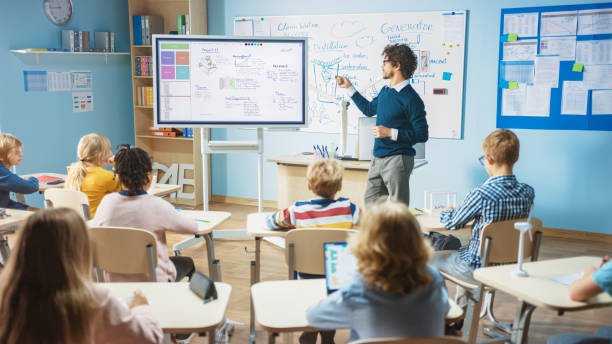The Skill Directionality and its Importance in Grade R and How to Assess It
Skip to content
Skip to footer
The Skill Directionality and its Importance in Grade R and How to Assess It
The Skill Directionality and its Importance in Grade R and How to Assess It

